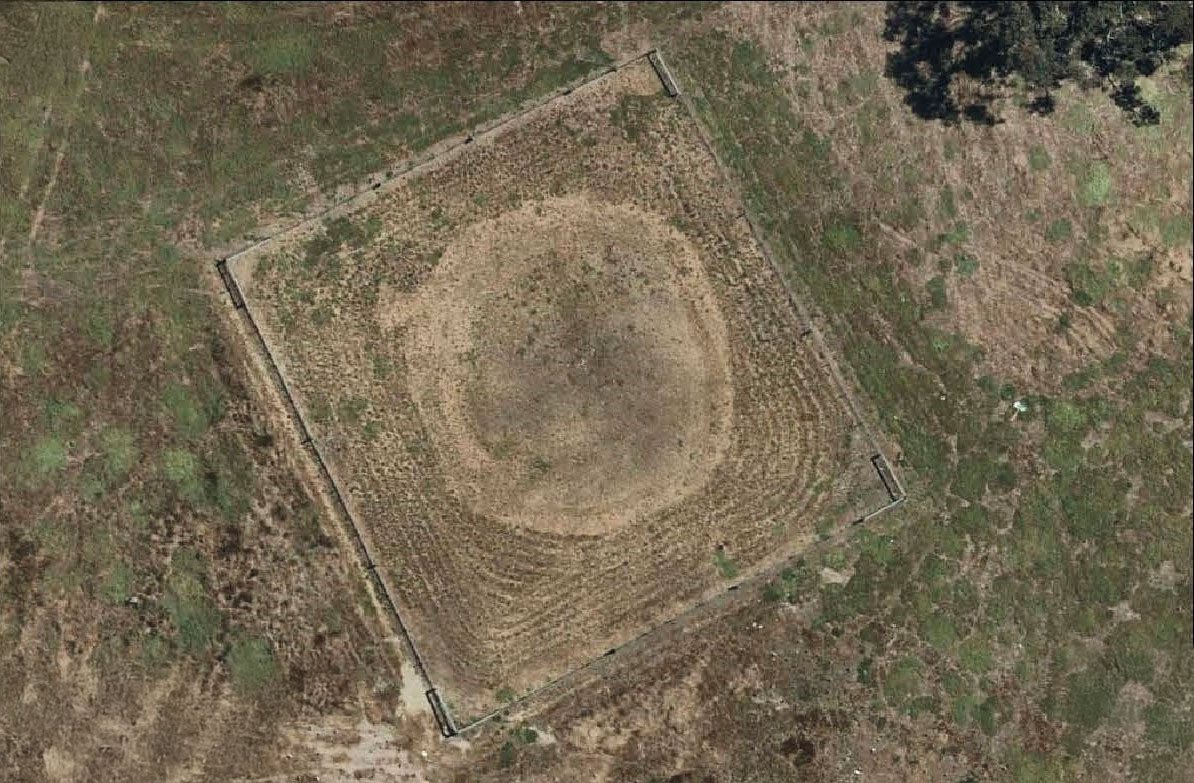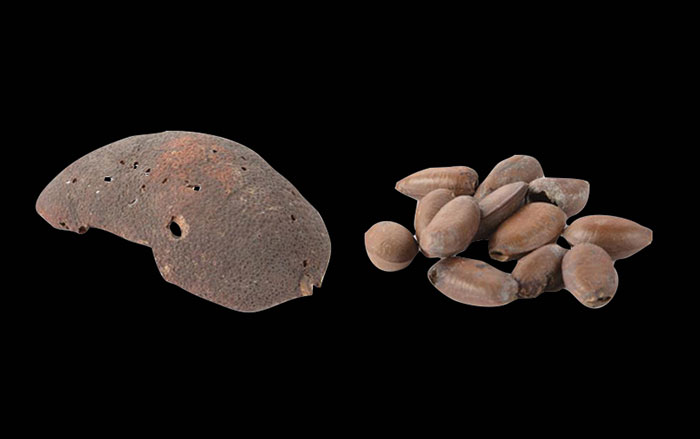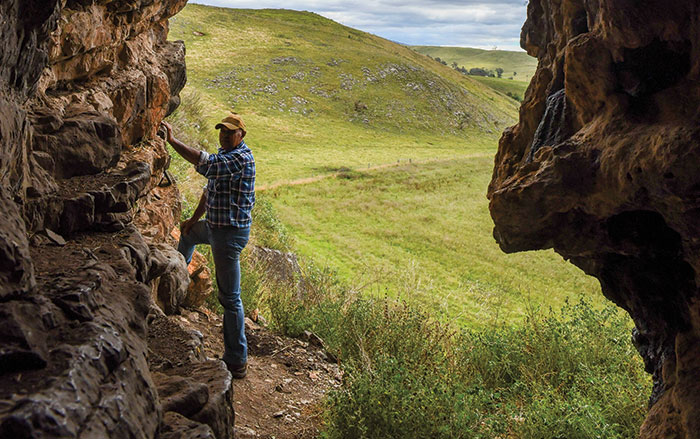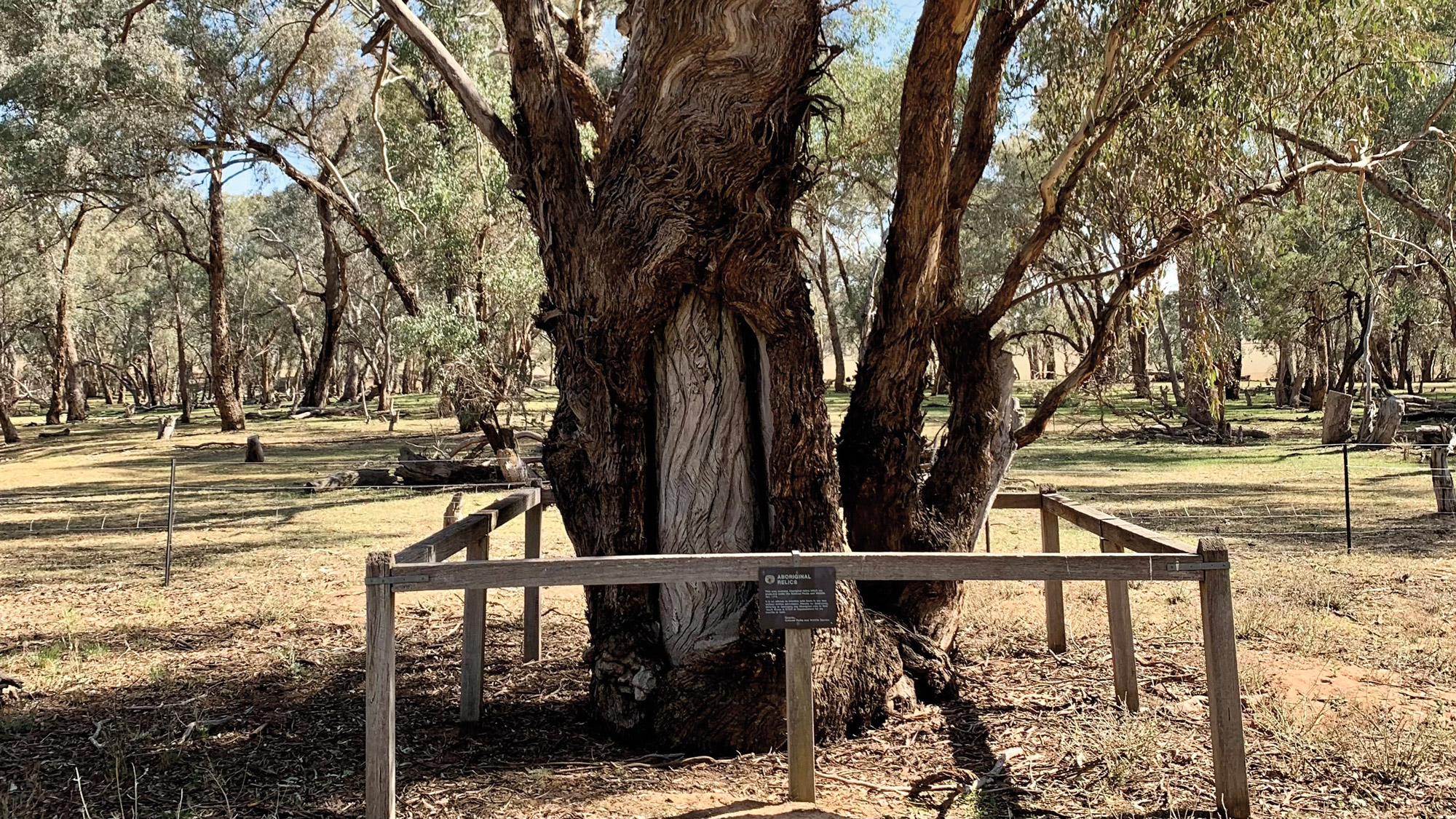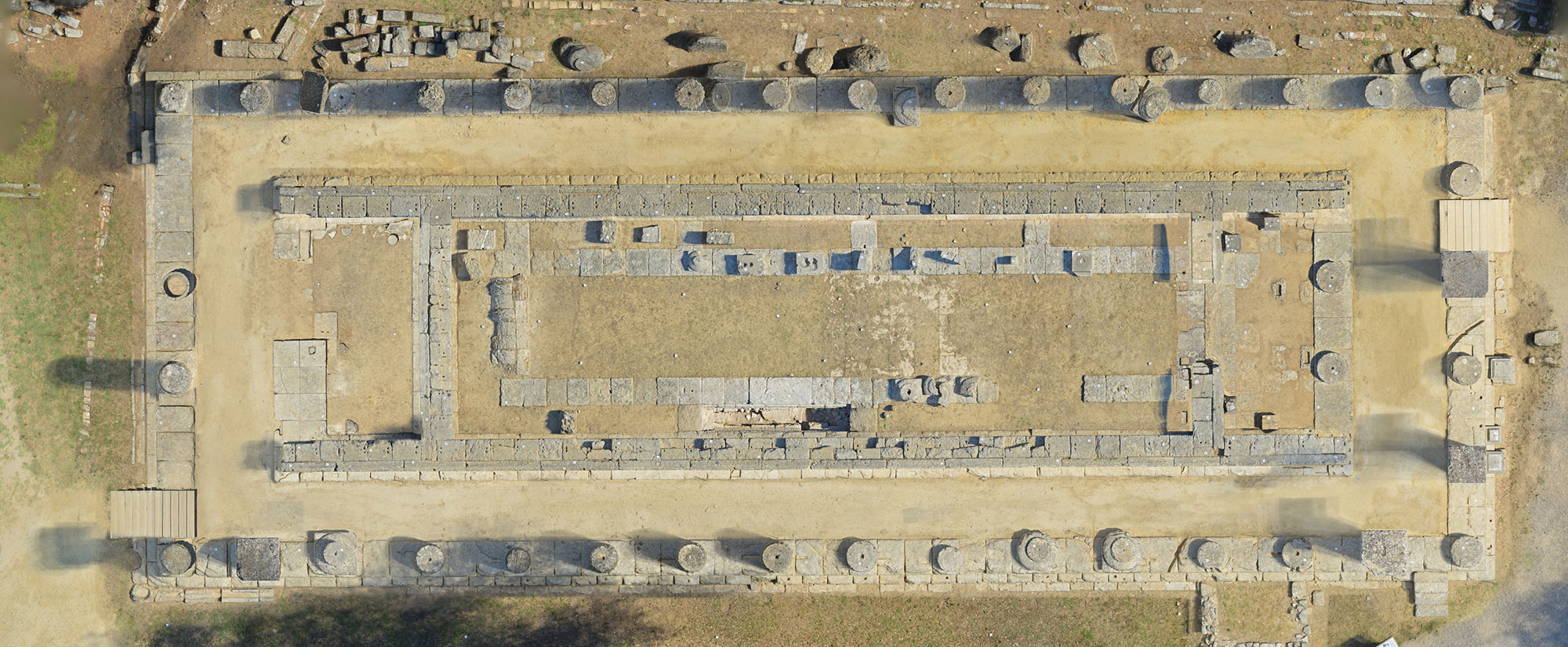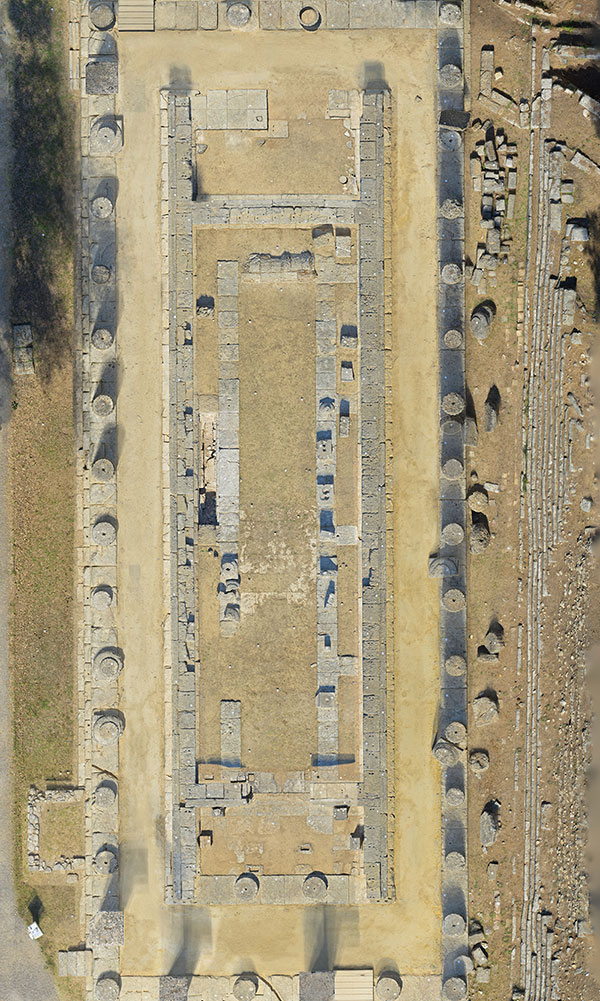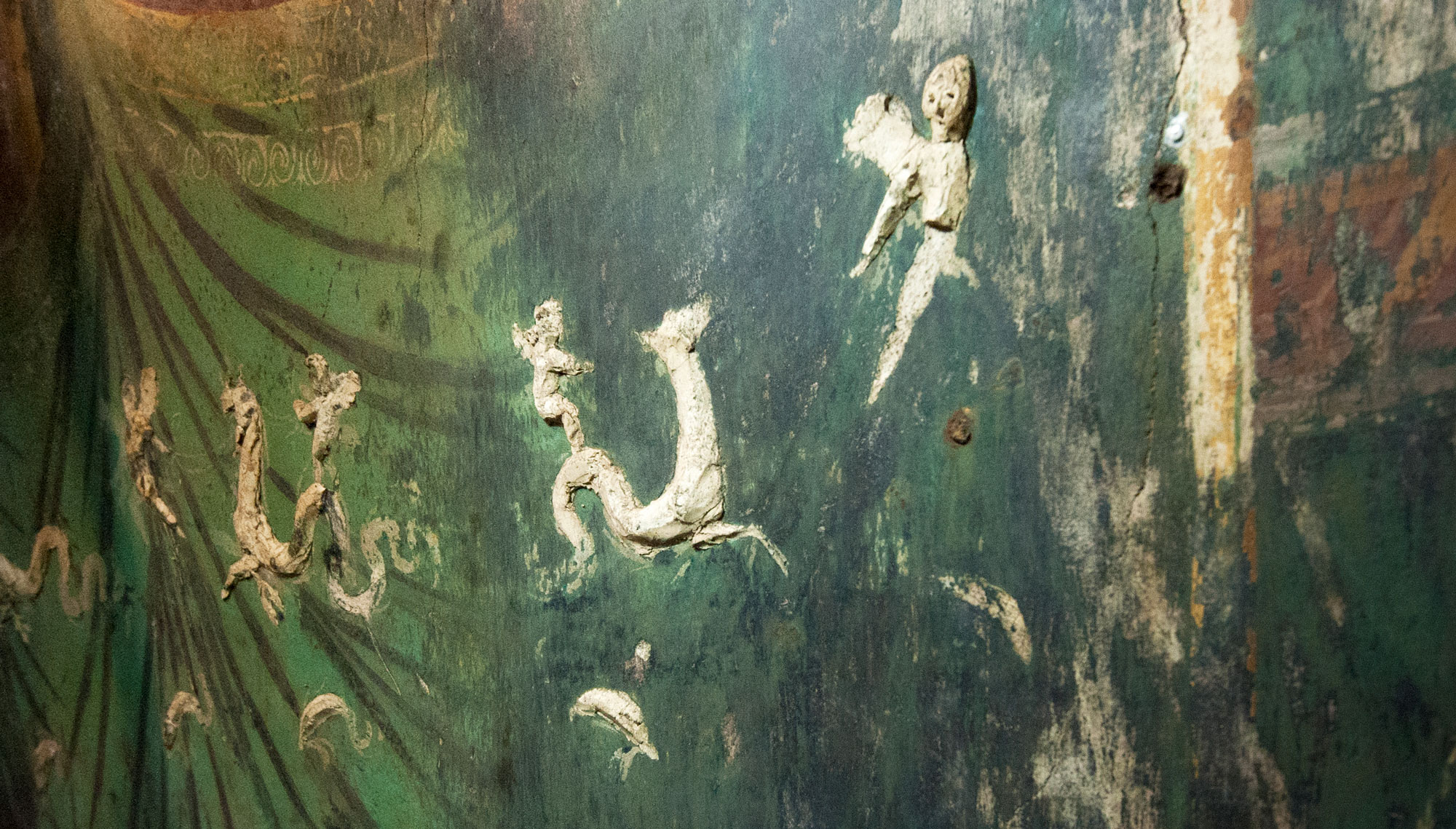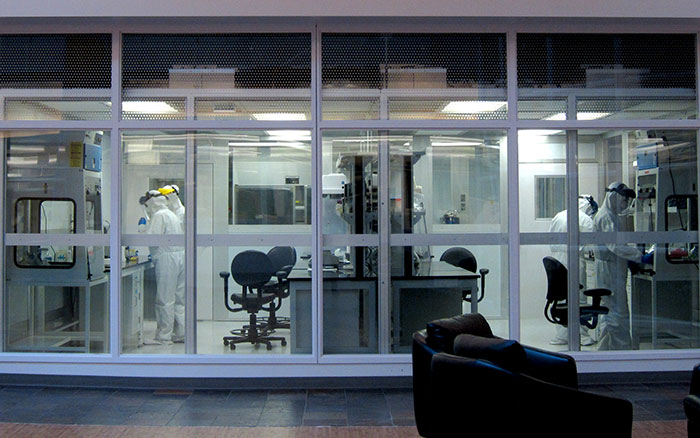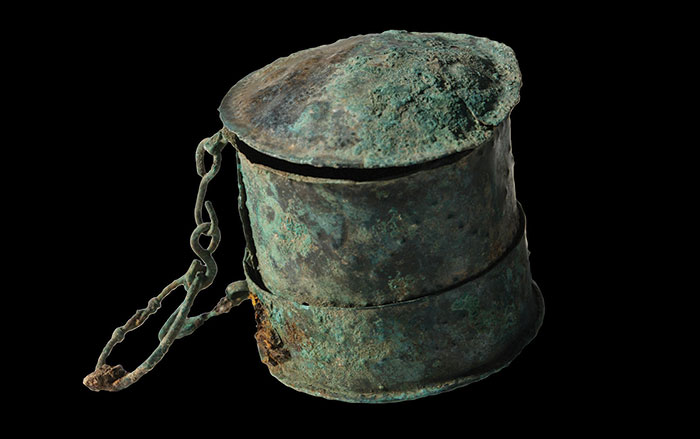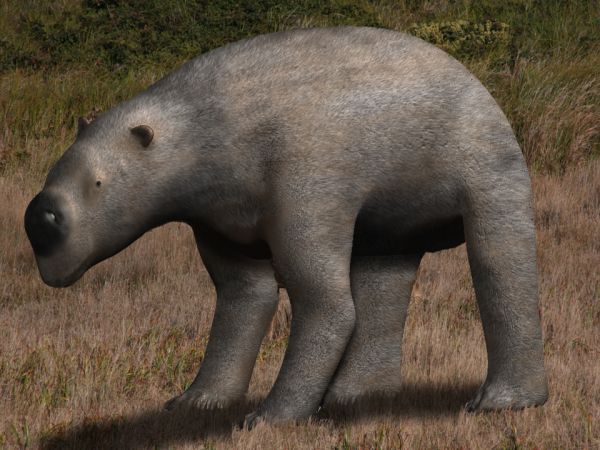
MELBOURNE, AUSTRALIA—ABC News reports that a rock shelter in the arid interior of South Australia may have been inhabited 49,000 years ago. Giles Hamm of La Trobe University and Adnyamathanha elder Clifford Coulthard were conducting surveys in the Flinders Ranges when they found the site, known as Warratyi, near a spring surrounded by rock art. Excavations at the rock shelter, which has a blackened roof, have uncovered more than 4,000 artifacts, and 200 bone fragments from 16 mammals and one reptile. One of the animals was Diprotodon optatum, an extinct, giant wombat-like creature. The team also found egg shells from an ancient giant bird. “The only way those bones and shells got there [because of the steep incline up to the rock shelter] is because people brought them there [to eat],” said Gavin Prideaux of Flinders University. "In terms of megafauna that’s the really significant finding." Other discoveries at the site establish that ochre was used in Australia between 49,000 and 46,000 years ago, and also push back the timeline for the development of other technologies, such as bone needles and wood-handled tools. The findings, according to Prideaux, “smashed several paradigms about indigenous Australians.” To read about another recent discovery, go to “Rock Art Recorded in Remote Western Australia.”


